Last updated on January 22, 2024

Shahrazad | Illustration by Kaja Foglio
Despite its generally robust rules, Magic has more than a few non-intuitive interactions players often get wrong. Certain effects either don’t interact how they should or are applied in an odd order you wouldn’t expect. Some effects are just so confusing they’re banned in all formats, like Shahrazad.
Lucky for you, I’ve compiled a list of the strangest and weirdest rules interactions in Magic. Get ready to amaze/punish your friends with your newly acquired useless MTG knowledge!
What Is a Weird Rules Interaction in MTG?
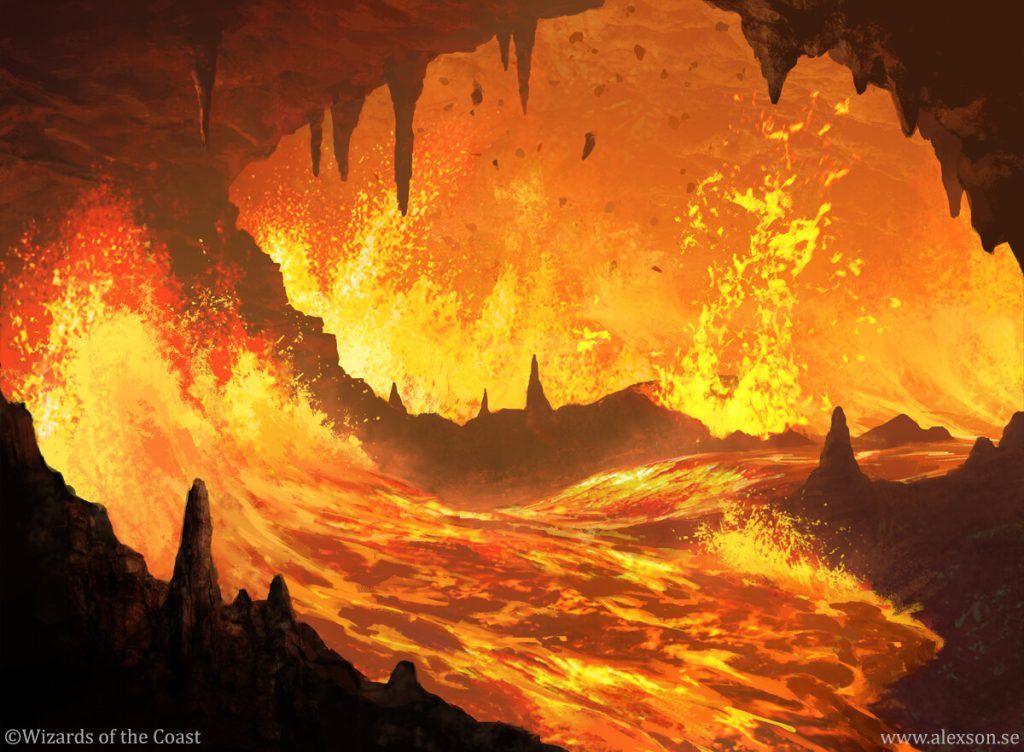
Fiery Emancipation | Illustration by Alexander Frossberg
For our purposes, a “weird rules interaction” is any interaction that is not commonly understood by Magic players. These can be simple one-card effects that are often misplayed or extremely specific combos requiring a ridiculous amount of setup that you’ll rarely see in-game. Others include banned cards, showcasing the obvious reason they were banned in the first place.
#11. First Strike and Ninjas
Many ninja tribal players may already be aware, but for the rest of you: did you know you can activate a ninja’s ninjutsu ability to swap it with a creature that’s already dealt first strike damage? From the official rules:
510.4. If at least one attacking or blocking creature has first strike (see rule 702.7) or double strike (see rule 702.4) as the combat damage step begins, the only creatures that assign combat damage in that step are those with first strike or double strike. After that step, instead of proceeding to the end of combat step, the phase gets a second combat damage step. The only creatures that assign combat damage in that step are the remaining attackers and blockers that had neither first strike nor double strike as the first combat damage step began, as well as the remaining attackers and blockers that currently have double strike. After that step, the phase proceeds to the end of combat step.
Comprehensive Rules
Cards with ninjutsu can enter combat tapped and attacking if the creature they swap with is unblocked. This odd timing means you can swap the ninja into combat during any step of combat; after blockers are declared, before combat damage, during the end of combat step… After all, creatures are considered to be “attacking” until the second main phase begins.
If you’re attacking with Battlefield Raptor, the Raptor deals combat damage during the first strike damage step, after which you and your opponents have the opportunity to cast spells or activate abilities. Activate your Ninja of the Deep Hours after the damage is dealt, and suddenly you’re swinging in with a second creature where normally you’d only have the ninjutsu creature connecting.
#10. Checking Last Known Information
Magic commonly checks the “last known information” to resolve certain spells and effects. Unfortunately, the times it’s checked aren’t very intuitive. Let's take a look at an example.
If Golgari Grave-Troll is the only card in your graveyard and you Reanimate it, how many counters does it enter with? Technically, when the Troll enters the battlefield, the game checks the “last known information” before the Reanimate was cast to check how many creatures were in your graveyard. In this case, Golgari Grave-Troll “sees” itself in the graveyard and counts itself towards its number of +1/+1 counters.
#9. Damage Doubler Decisions
I’m about to break the hearts of several of my closest burn-playing buddies, but you’re probably handling damage multipliers like Furnace of Rath, Torbran, Thane of Red Fell, and any other damage doublers wrong.
Most players know that when multiple replacement effects occur, the active player chooses the order that they resolve. This is used most commonly to increase the total amount of damage you can deal with cards that both increase damage by one or two (like Pyromancer's Gauntlet) or multiply the total amount (like Fiery Emancipation). Stacking these effects with the addition first is the most advantageous to the burn player, but they don’t actually get to decide the order.
From the official rules:
616.1. If two or more replacement and/or prevention effects are attempting to modify the way an event affects an object or player, the affected object’s controller (or its owner if it has no controller) or the affected player chooses one to apply, following the steps listed below. If two or more players have to make these choices at the same time, choices are made in APNAP order (see rule 101.4)
Comprehensive Rules
If you have both Furnace of Rath and Torbran, Thane of Red Fell on the field and target your opponent with Shock, the player you targeted actually gets to decide the order that the replacement effects take place. If you’re looking to take the least amount of damage possible, you want to order the multiplication effects before the addition ones to save yourself a few points.
#8. Special Actions
What even are special actions? Typically players can respond to any spell or effect that passes through the stack, but “special actions” are actions players can take anytime they have priority that cannot be responded to. You’re definitely using multiple special actions per turn when you play Magic without even realizing it!
There are 10 different special actions. Most involve specific abilities, but the most common is playing a land, which usually happens once per turn. Opponents can’t respond to your land play since it comes right from your hand onto the battlefield.

Turning a facedown creature faceup with its morph ability is also a special action, but a lot of players treat it as though it can be responded to. Most morph creatures have an effect once they’re turned faceup, which does use the stack and is typically what opponents can respond to, but just turning Scornful Egotist faceup doesn’t give any player an opportunity to respond until another priority trigger is present.
Other special actions include suspending a card from your hand, foretelling a card from your hand, and paying three mana to put your companion into your hand from outside the game.

The most important special action, however, came about with the release of Hurloon Wrangler in Unglued. Mark Rosewater was asked on his blog if a player could respond to Hurloon Wrangler’s attack trigger by removing their denim clothing to make it blockable, prompting the official ruling from Rosewater that “taking off your pants is a special action.”
#7. Discarding a Grandeur Card to Itself
Have you got a soft spot for Future Sight? Wish you could run those cool grandeur legends in a singleton format? Boy, have I got the interaction for you!
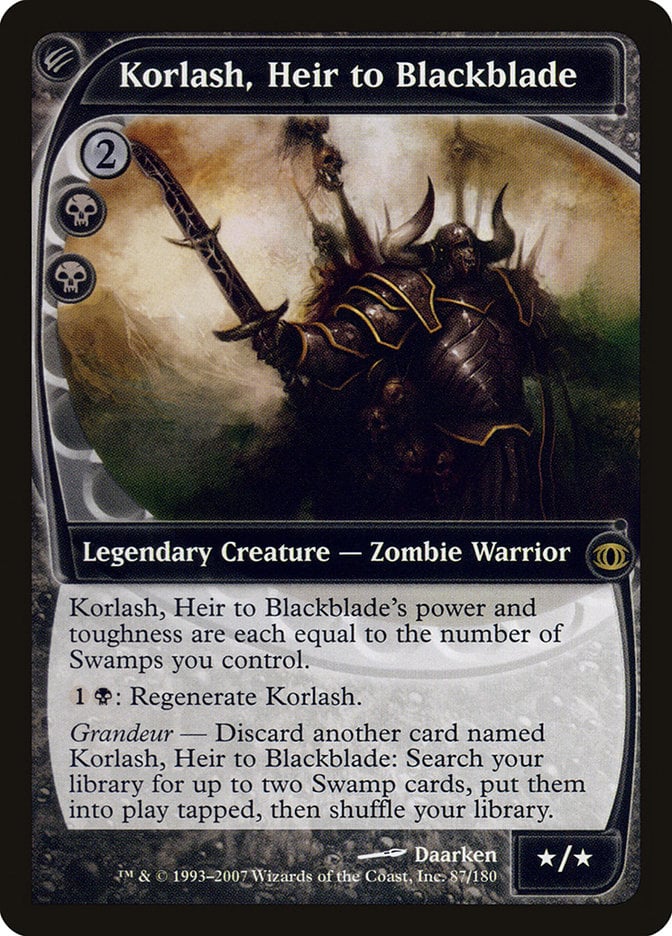
Future Sight introduced five legendary creatures with grandeur, an activated ability that lets you discard a card with the same name as the legendary creature for an effect. For example, Korlash, Heir to Blackblade lets you discard another Korlash card to tutor two Swamps to the battlefield. This effect is next to useless in a singleton format like Commander, but there’s a single way to activate this effect when you only have one copy of your legend.
First, you need four cards on the field: Suppression Field, Words of Wind, Prophetic Prism, and whichever grandeur legend you’d prefer. Activate Words of Wind’s effect and then activate your grandeur ability. This ability costs an extra two mana to activate because of Suppression Field. This gives you the opportunity to activate mana abilities to pay the costs of the effect, letting you activate Prophetic Prism to filter mana (even though you don’t need to, necessarily). The Prism’s draw effect is replaced by Words of Wind’s effect, making each player return a permanent they control to their hand.
Return your grandeur legend, and voilà! You’ve effectively sacrificed your Korlash, Heir to Blackblade to tutor up two Swamps! That’s almost as much value as a Rampant Growth (not really).
#6. Embiggen and Changelings
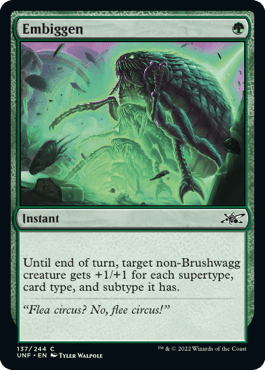
Embiggen is an instant from Unfinity that gives a non-brushwagg creature +1/+1 for each creature supertype, card type, and subtype it has. The reason it specifies “non-brushwagg creature” is because R&D didn’t want players targeting a changeling creature with it, giving it +261/+261 for being every single creature type. This normally works out fine, but what if you really want to give a creature +261/+261?
Start with Werewolf Pack Leader on the field, then give it all creature types by casting Blades of Velis Vel. Next, use Artificial Evolution to swap out “human” for “brushwagg” in the Pack Leader’s text. Now that your changeling werewolf is no longer a brushwagg, you can hit it with Embiggen and give it +260/+260!
Wow!
#5. Blood Moon and Urza’s Saga
Modern players may recognize the interaction between Blood Moon and Urza's Saga, but many others won’t. Blood Moon always destroys Urza's Saga, and here’s why:
Blood Moon gives Urza's Saga the basic mountain subtype, but doesn’t remove the rest of its other types or supertypes. The saga remains an enchantment and a saga. Becoming a basic mountain removes all chapter abilities from the card, making its “final chapter” zero. When state-based actions are checked, the saga dies because it’s reached more than its maximum number of lore counters.
Blood Moon stays winning!
#4. Panglacial Wurm and Selvala, Explorer Returned
Panglacial Wurm is the only card you may cast while searching your library. Because of this odd timing, if Selvala, Explorer Returned is on the field and you attempt to cast the Wurm from your library while searching, you’ll have the opportunity to activate Selvala’s mana ability to attempt to cast the Wurm.
This is an odd occurrence because you can technically see the top card of your library, influencing your decision on whether to reveal and draw a card now or after you’ve shuffled your deck away. This doesn’t generate a ton of extra advantage, especially not in your average Commander game, but it’s a weird interaction nonetheless.
#3. Power and Toughness Switching and Layers
Okay, this one’s a hard one. Anytime someone has to break out the layers concept in MTG you know it’s about to be confusing. Put on your PEMDAS caps, let’s hop in!
Magic uses “layers” to differentiate when effects that appear to happen simultaneously are applied. There are seven layers in this system (technically eight if you count “layer 0”).
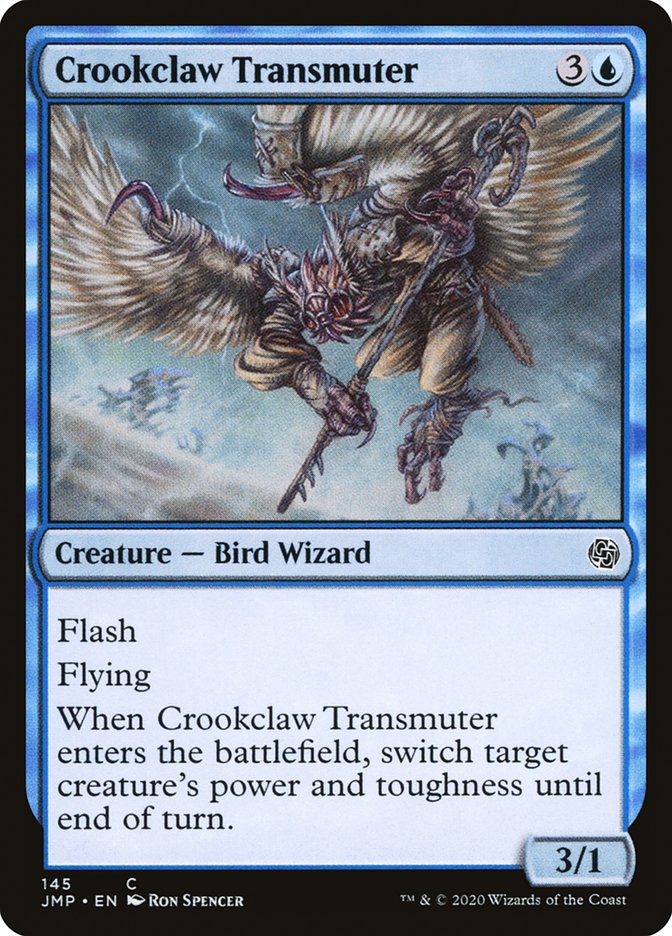
Effects that change a creature’s power and toughness are applied at layer seven. Just to make things more difficult, layer seven is divided into four sublayers, labeled A through D. Effects that switch a creature’s power and toughness are applied after effects that add or subtract from their power and toughness, making spells like cards like Crookclaw Transmuter confusing to respond to at times.
As an example, let's say you have Crag Puca on the field and target it with Reckless Charge, then activate its ability. Is the Puca a 4/5 until the end of the turn, or a 7/2? In this instance it’d be a 4/5 because you apply the addition and subtraction before switching the power/toughness values. This is important to keep in mind when playing with Fluxchargers and similar effects!
#2. The Typeless Permanent
This one is by far my favorite. This feels like cheating, except the edge cases where this is relevant are so uncommon it really can’t be abused.
I suppose they technically can’t be destroyed by Murders and Vandalblasts, but permanent-based removal is common enough that you’ll still see them go down to Vindicates and the like. There are several ways to make a permanent with no types or subtypes, but here are a few simple methods.
The first is very easy to pull off. Mutating a creature on top of a sufficiently-devoted Theros god removes its enchantment type. The creature still has its devotion ability, however, so it ceases to be a creature if you reduce its devotion below the threshold. It still keeps its abilities, so you’ll have access to that powerful static effect on an un-interactable permanent!
You can also take the artifact route. Start with March of the Machines and Sol Ring on the field. It’s now a 1/1 creature. Then use Neurok Transmuter’s second ability to make the Sol Ring a blue creature that isn’t an artifact. Since March of the Machines needs the affected cards to be artifacts and it isn’t naturally a creature, the Sol Ring loses all types and just sort of hangs out. You can still tap it to activate abilities as far as I know, so this can technically save it from removal.
#1. Wish Cards and Subgames
There’s a reason Shahrazad is banned in all formats it’d be legal in. Subgames of Magic generally serve no purpose besides slowing the entire game down for no reason, and often come with a metric ton of rules baggage. One of my favorite interactions is how wish spells apply to subgames.
The colloquial term “wish” refers to effects that let you pull a card you own from outside the game and either put it into your hand or cast it. The concept of “outside the game” only applies to the current game, meaning you could pull cards from the main game to cast in the subgame with Wish.
Why does this matter? Where could this possibly be applicable? Please, join me in magical Christmas-land Magic where Shahrazad isn’t banned, and we’re playing an Oathbreaker game with my Dihada, Binder of Wills and Shahrazad deck ft. Wish.
If I cast my commander and then my signature spell to start a subgame, Dihada remains on the field in the subgame while the signature spell comes with me in my command zone into the subgame (since I chose to return it to my command zone rather than the graveyard). Now, in that subgame, I want to Inception (2010) myself and my pod even further, so I cast Wish in the subgame as soon as I’m able, pulling Dihada, Binder of Wills out of the main game and into the subgame, allowing me to cast Shahrazad again.
I don’t know why you’d ever want to do this, but fighting my way back up through four levels of subgames sounds like a great way to spend an evening to me.
Wrap Up
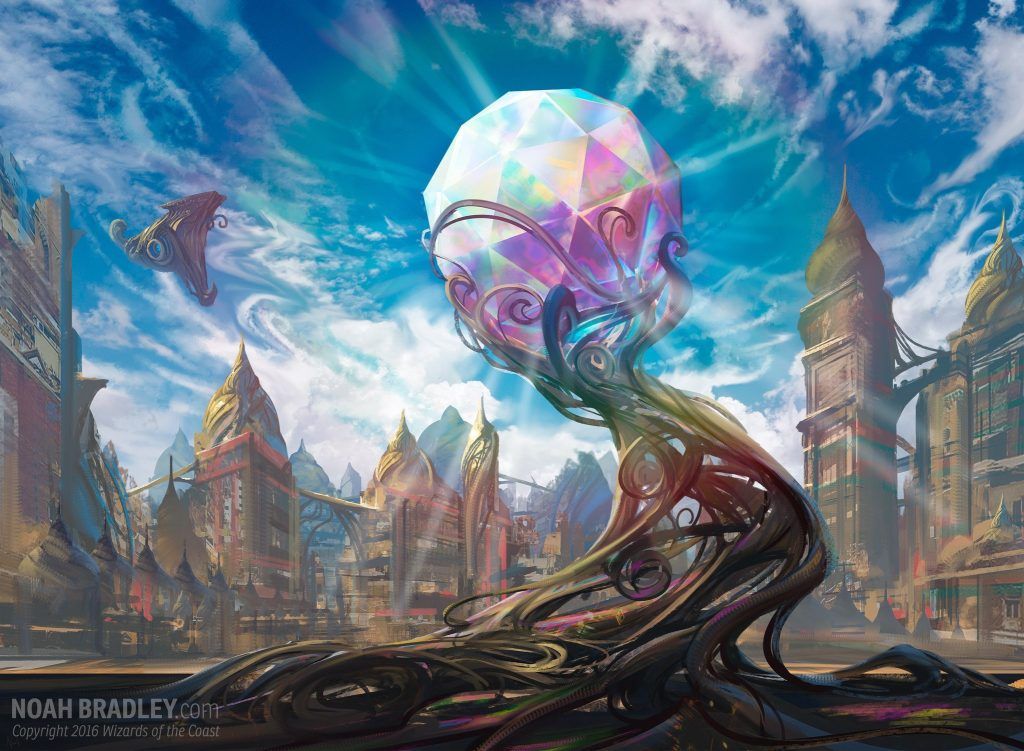
Prophetic Prism | Illustration by Noah Bradley
We could go on forever talking about the way the rules of Magic fall apart or stop making sense after a certain point. We haven’t even touched on the way you can name Un-cards like _____ Goblin with Pithing Needle to stop any Goblin tokens from gaining activated abilities, or how Brainstorm works with Sylvan Library.
What are some of your favorite weird interactions in MTG? What's the most broken combo you can think of? Let me know in the comments below, or over on Draftsim's Twitter.
Thanks for reading, and remember: you can always read Draftsim’s blog as a special action, and no one can stop you!
Follow Draftsim for awesome articles and set updates:

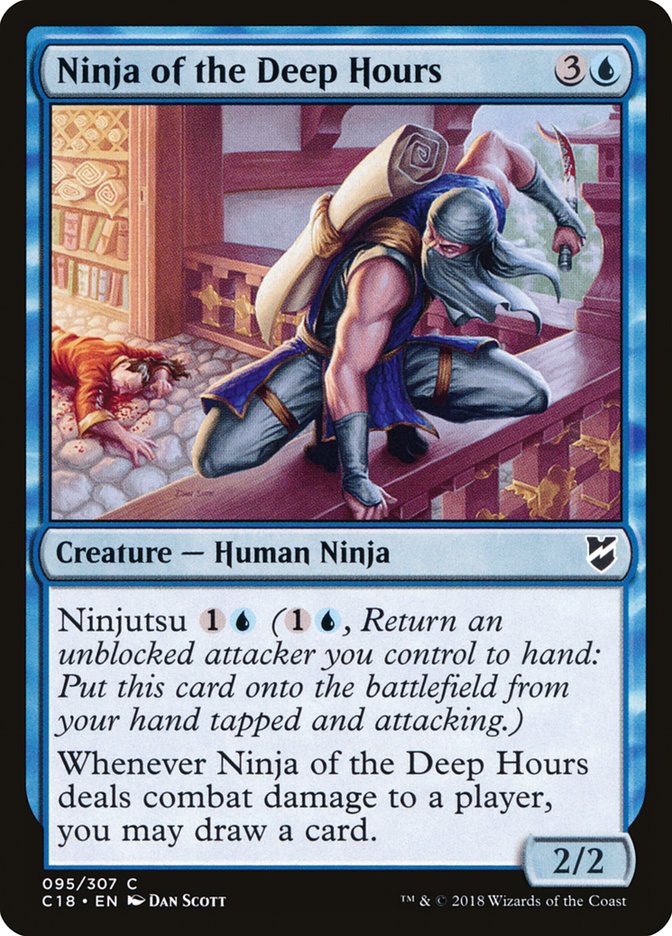

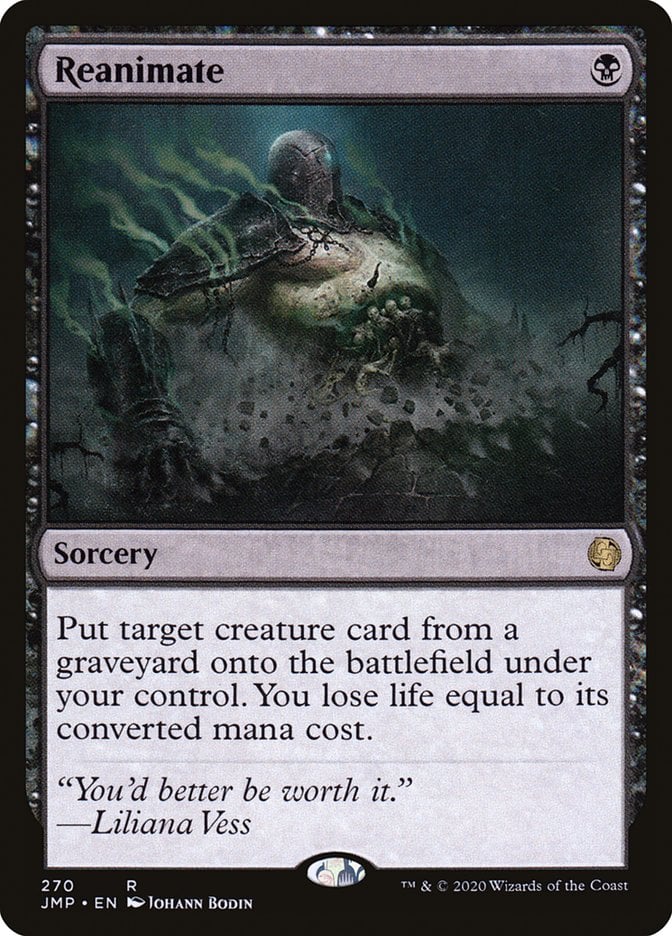
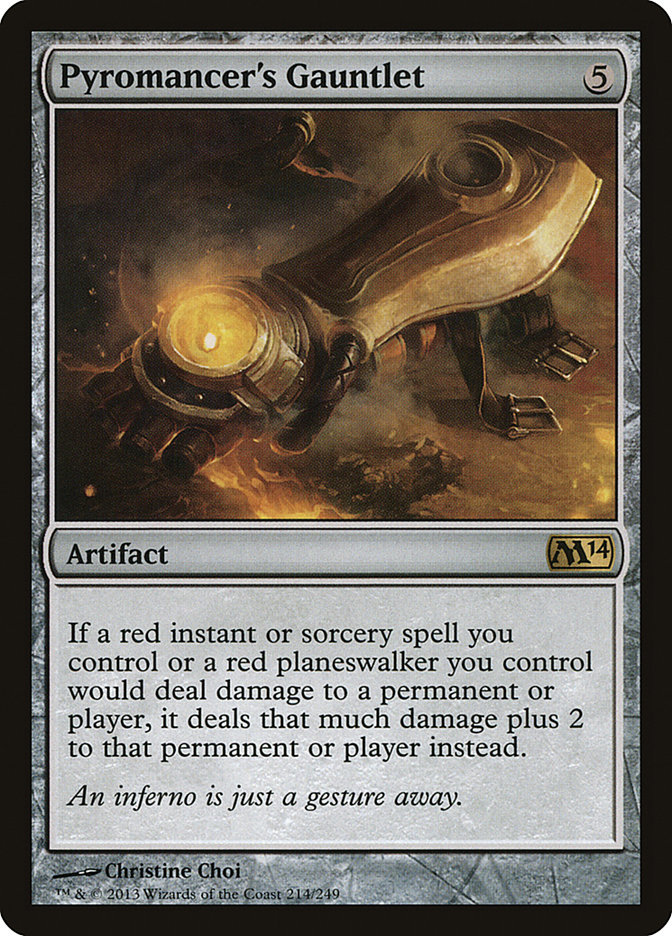
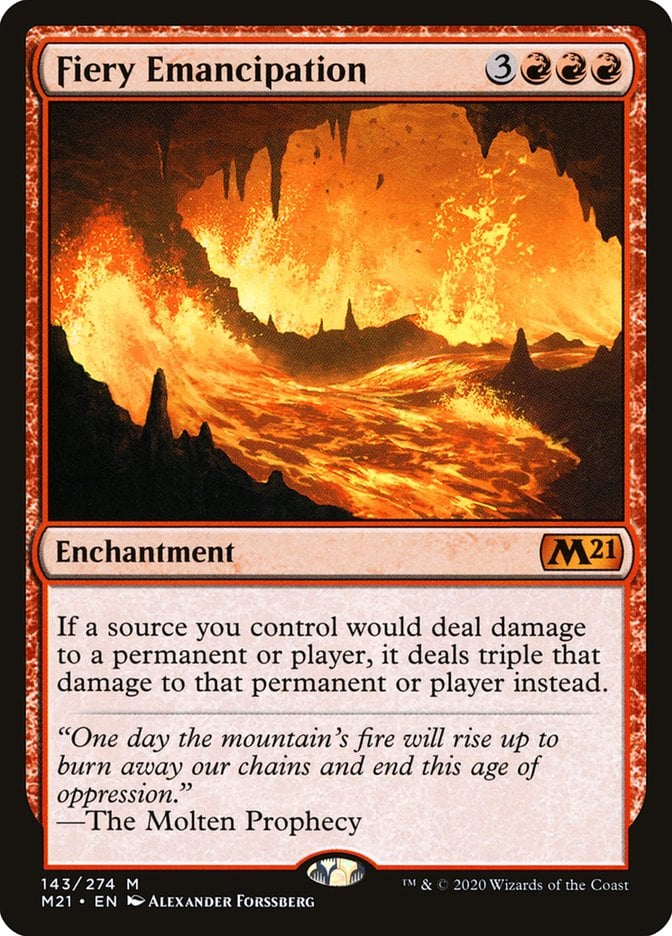

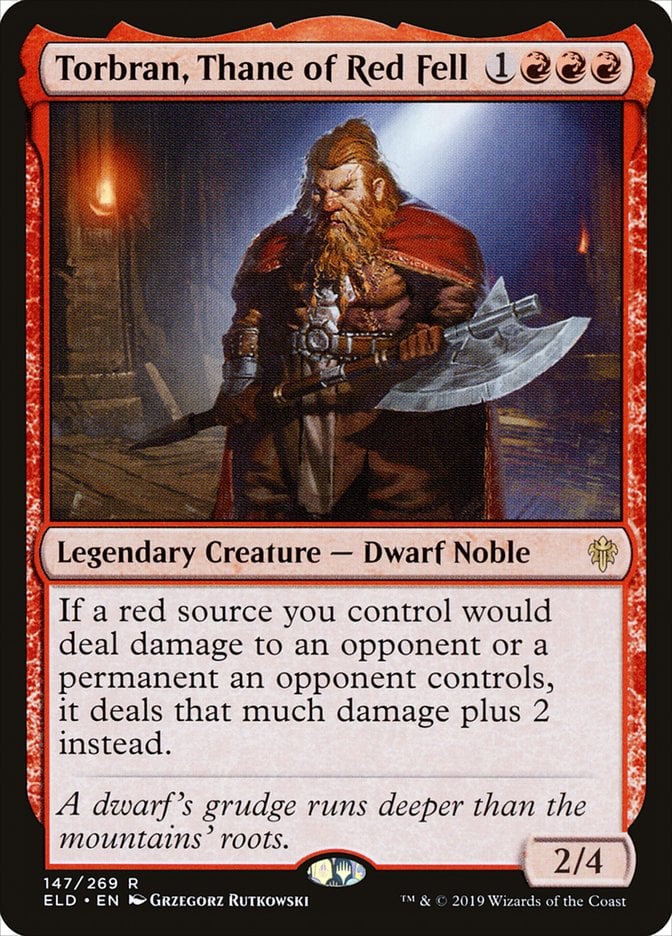
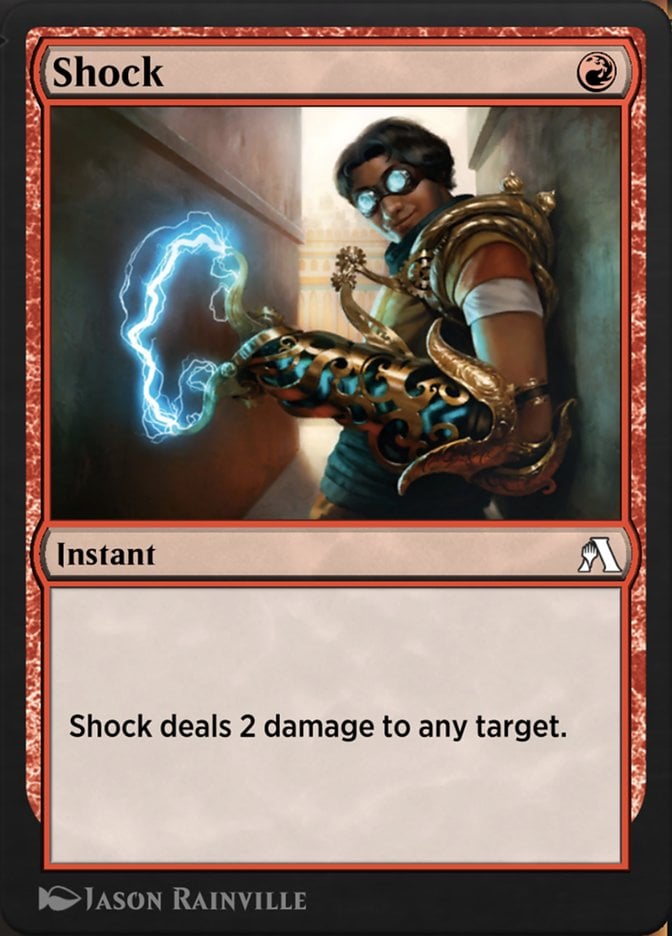




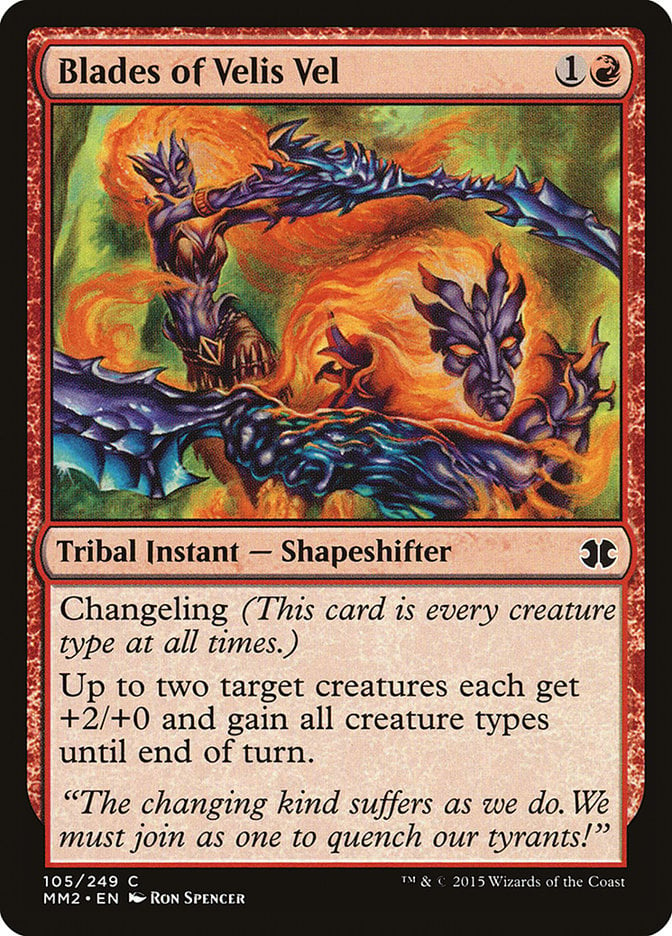
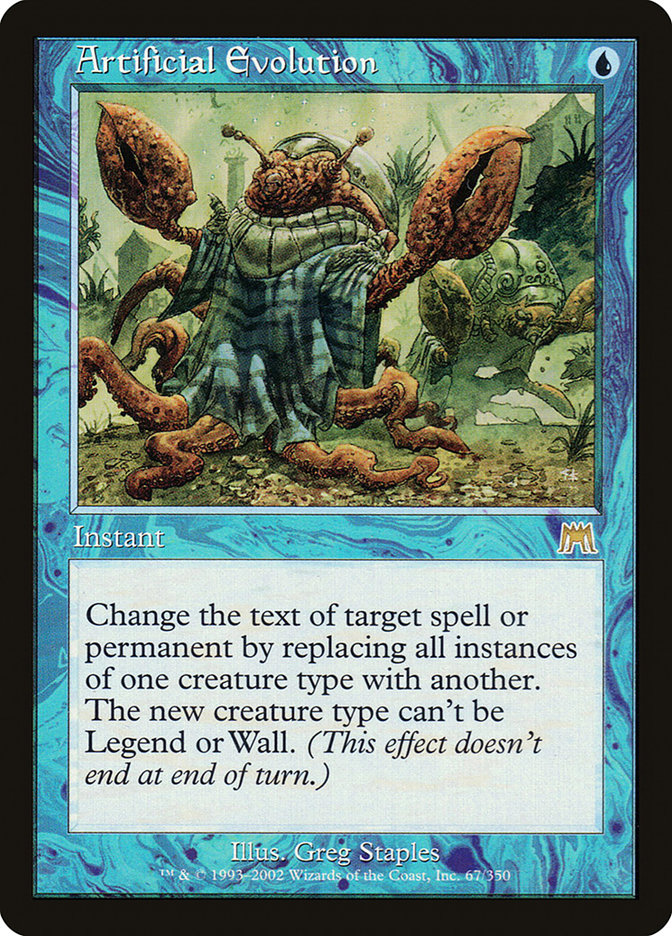
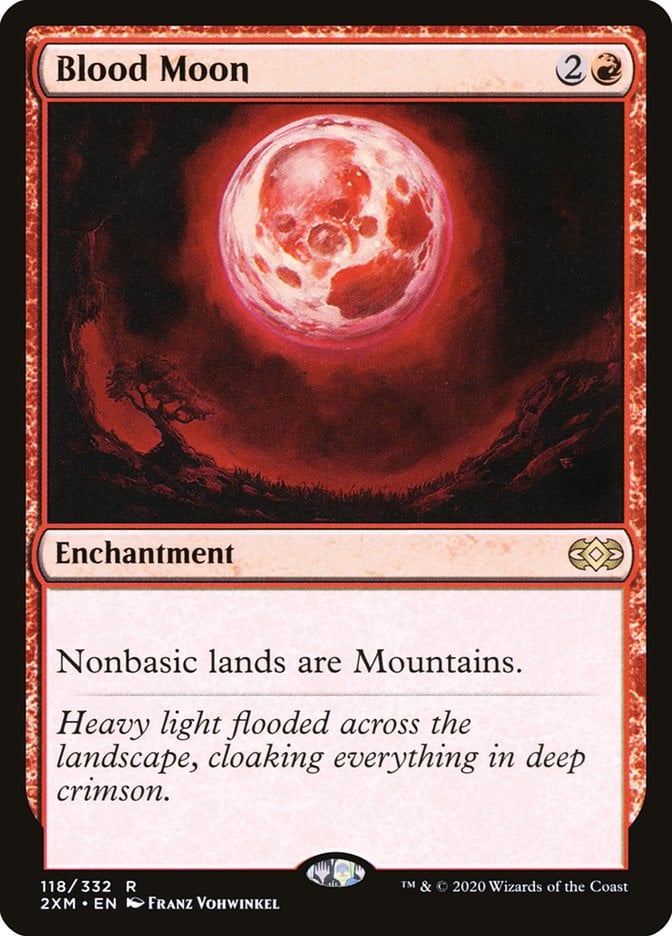
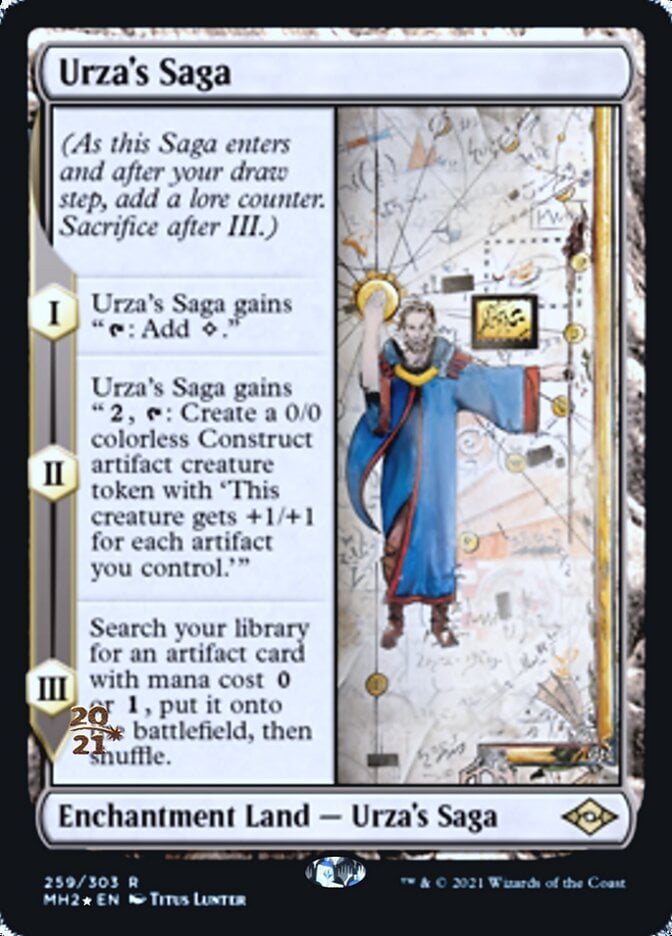
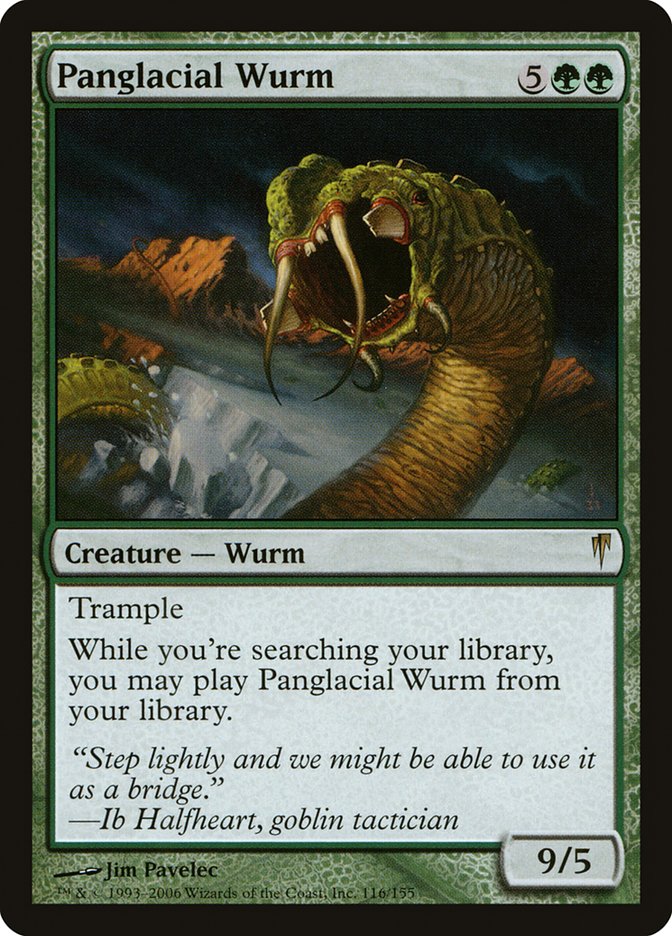

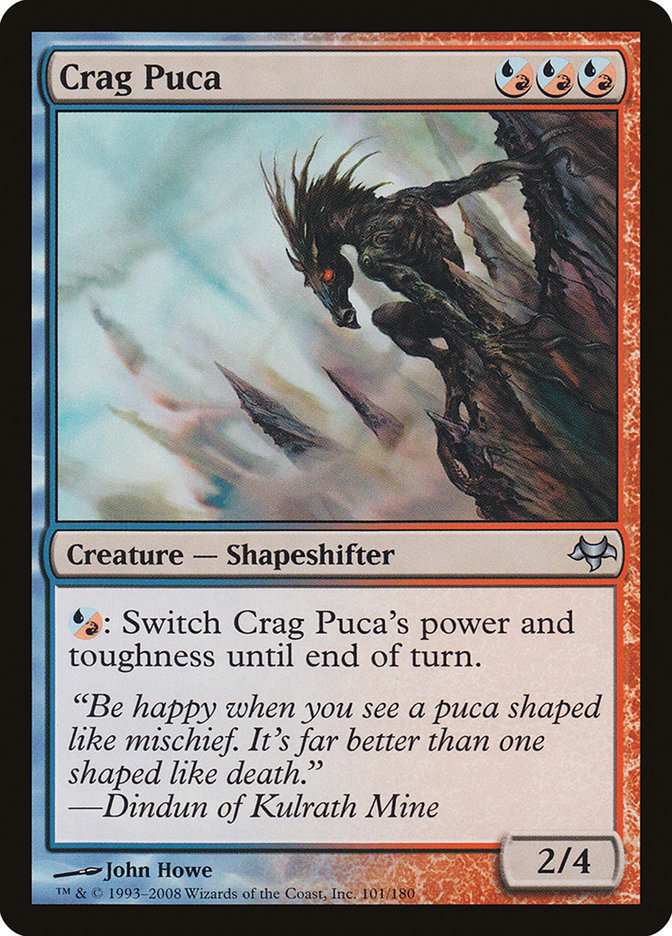
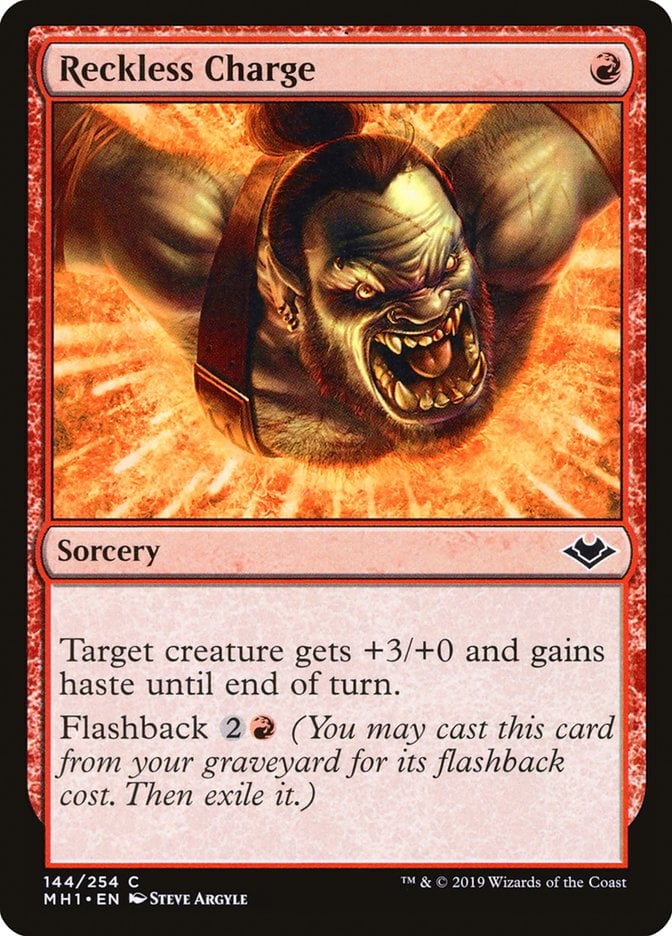
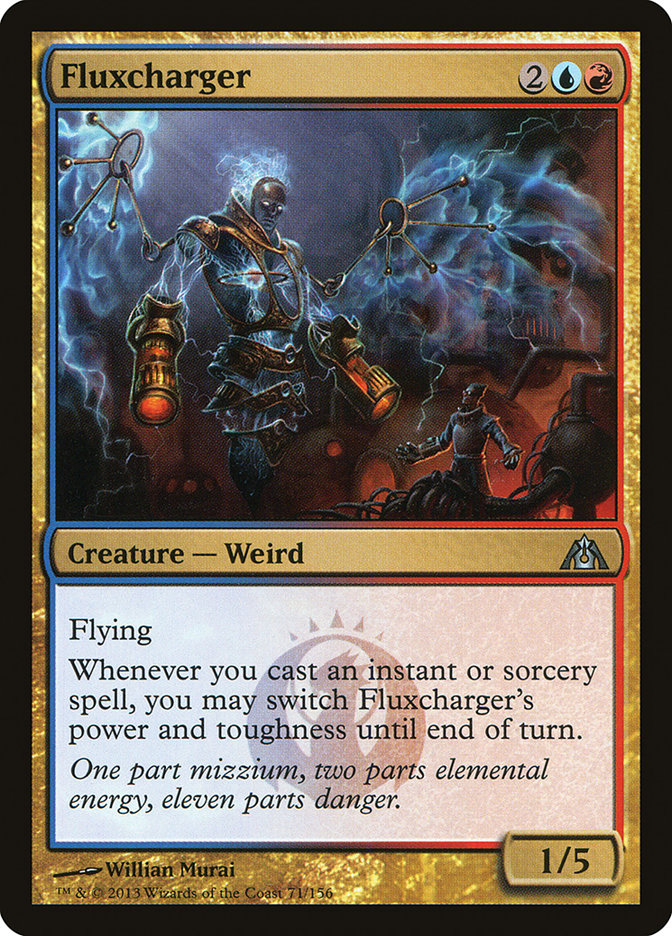
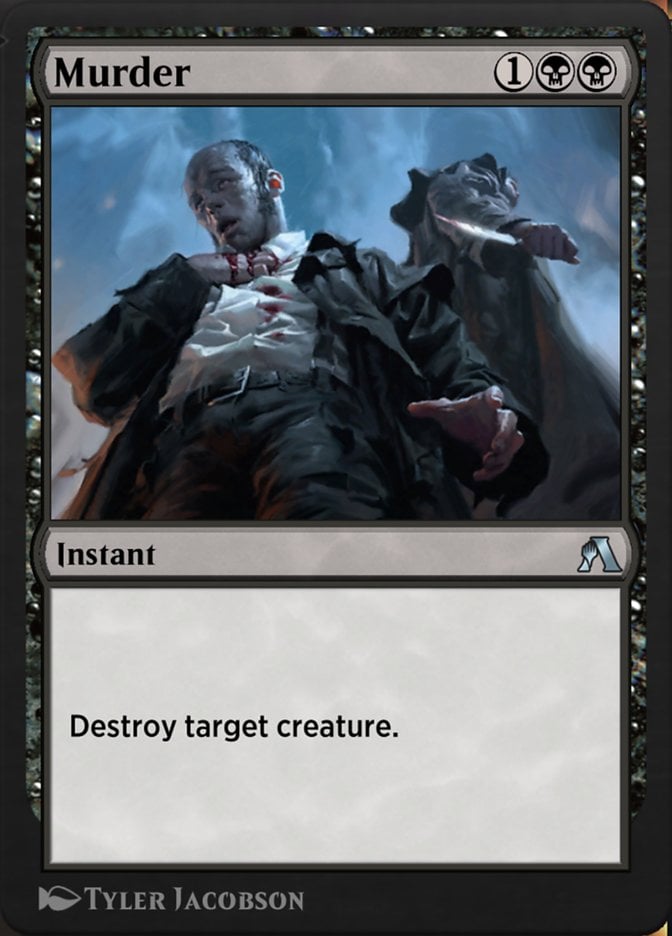
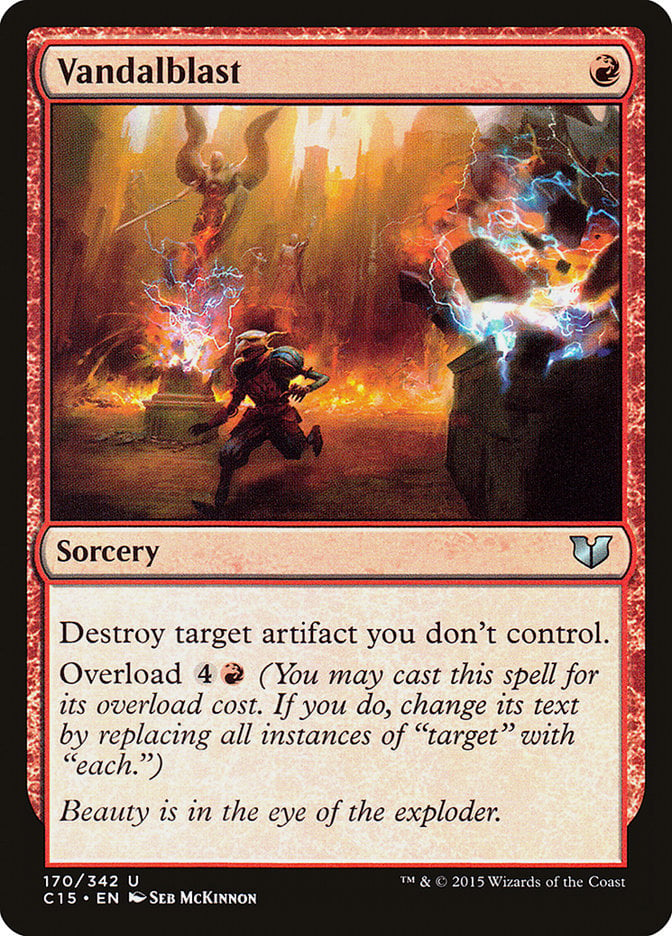
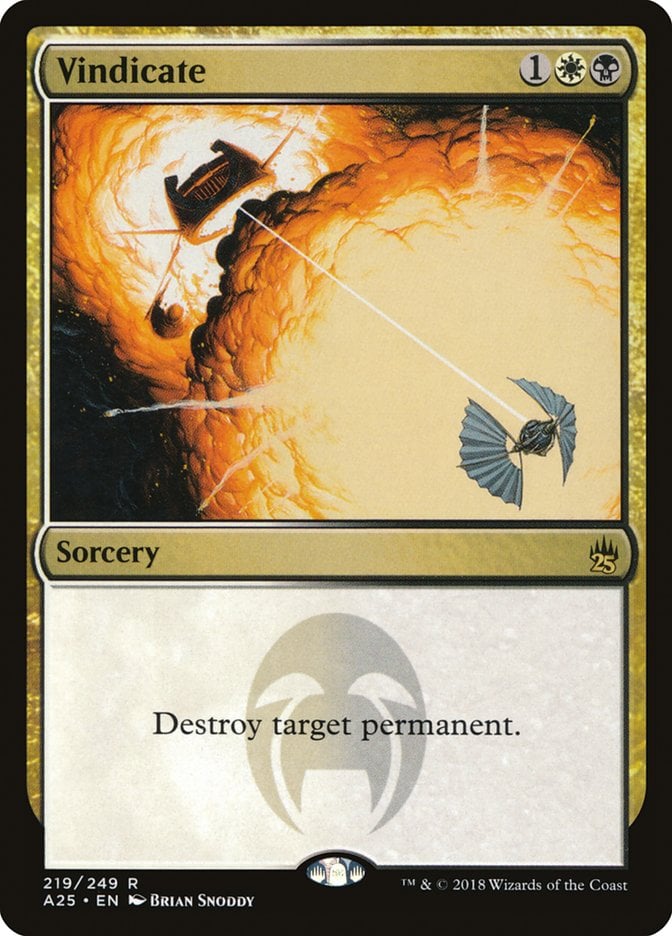
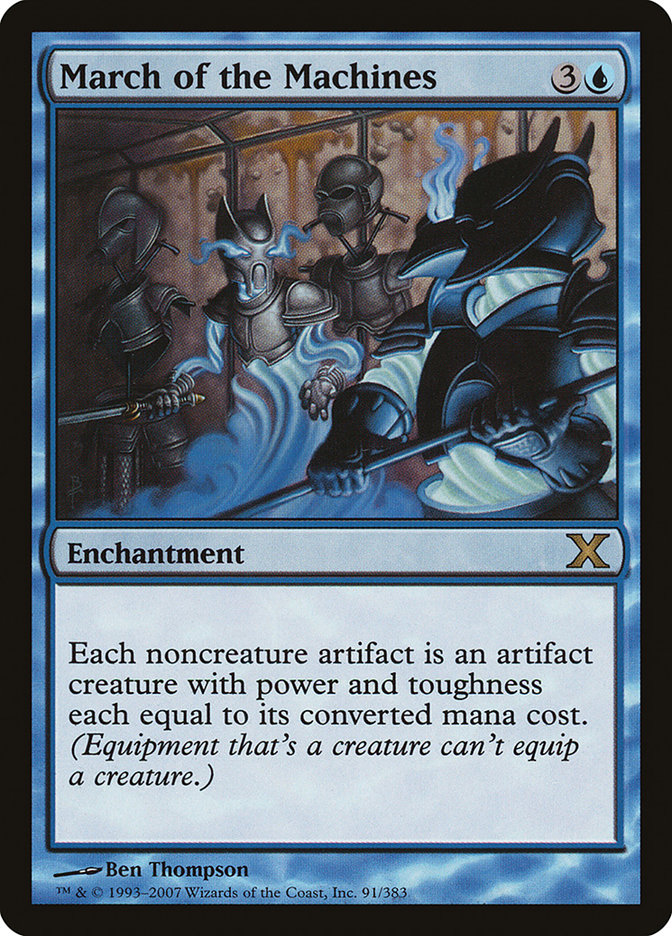

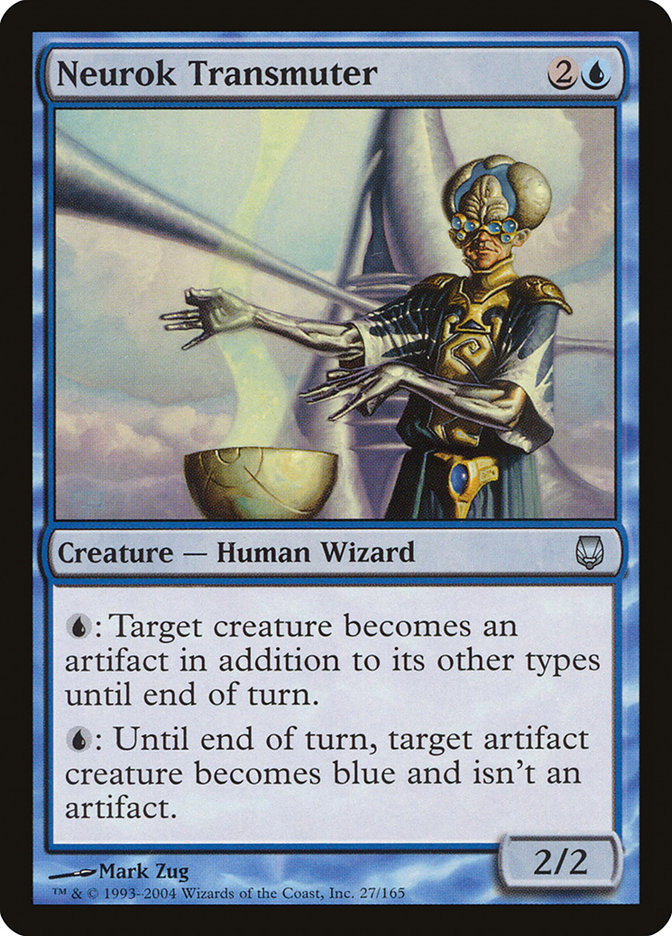

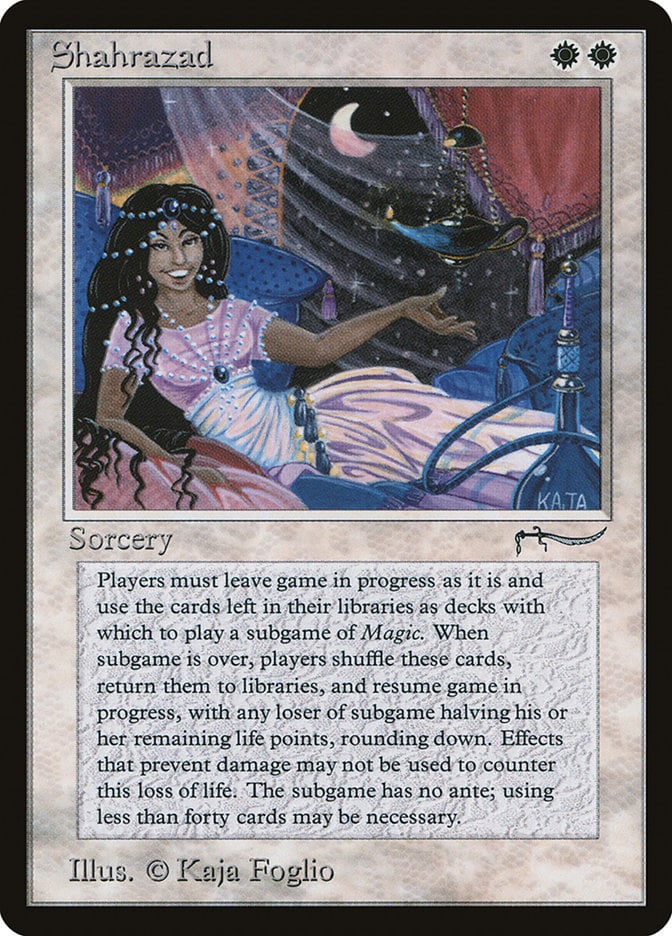

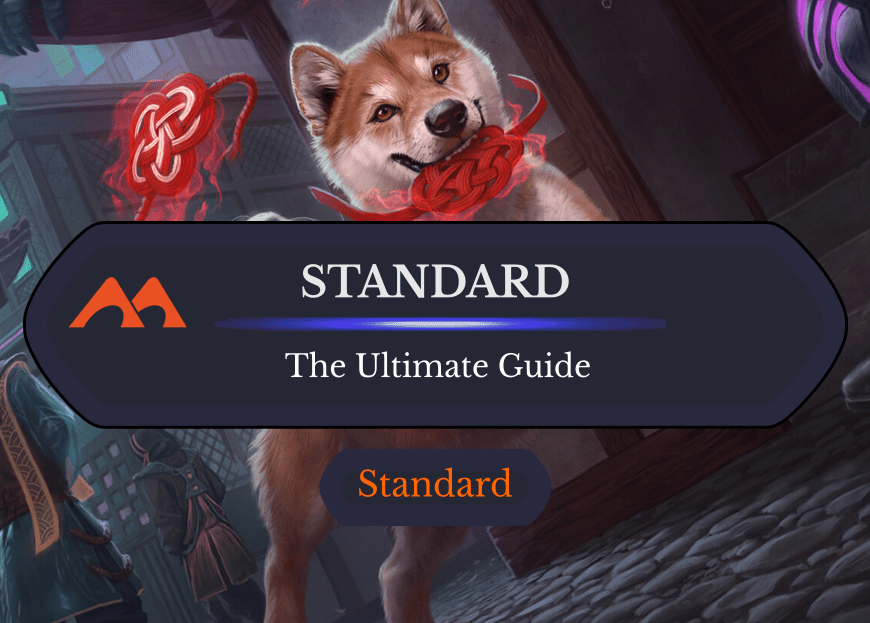

1 Comment
My favorite paupers game combo goes with your rule #3 …. I successfully (?) Casted tireless tribe many times and won the tournament by using About Face to swing for a lot. Low key tournament and the mechanics weren’t really looked harshly upon but still fun to play low rent burn Wh/red with my little Tribe attack. Either that or Fling it which was also obnoxiously fun.
Add Comment